Find the pages, products, documents, and resources with a full site search.
Advanced Document SearchExtend the Availability And Life of Storage or Process Tanks
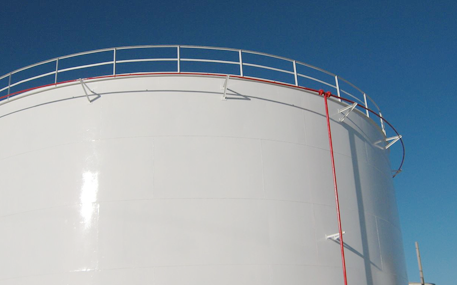
Tanks are basic components for the operational structure of every facility or ship. The maintenance of these tanks is important to public safety, the environment, facility operations and cost control. The gradual corrosion of these tanks eventually can lead to business interruption, expensive maintenance and/or replacement.
Sponge Media™ abrasives can be used on:
- Potable water tanks
- Oil storage tanks
- Retaining ponds and pools
- Cargo tanks
- Waste water tanks
- Bilge and ballast tanks
- Chemical tanks, etc.
Sponge-Jet technology makes abrasive blasting these tanks faster, cheaper and less problematic with fewer business interruptions – while providing extended coating life and reduced future maintenance costs. Using Sponge-Jet technology allows multiple Sponge Blasters operating in close proximity with near perfect visibility; Sponge Blasting takes place with reduced need for dust-collection, dehumidification, less waste and material handling. The end result… lower total project costs from: high-first pass quality and less rework; multiple trades continue work near/during Sponge Blasting; the ability to continuously inspect tanks.
Features & Benefits
- Simplify job staging
- Reliable schedule and budget
- Increase tank and storage availability
- Minimize liability and regulatory issues
- Support public environmental initiatives
- Increase asset life and coating performance
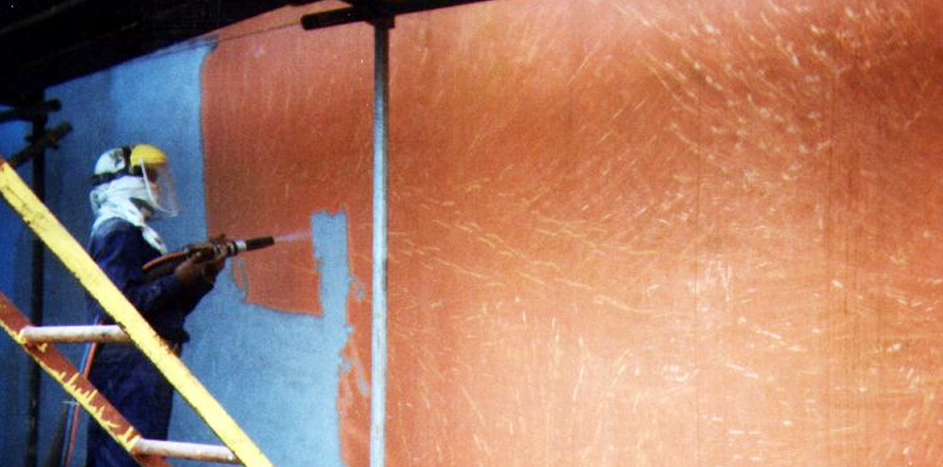
Fiberglass, Steel, Aluminum, Stainless, Super Duplex
Tanks of every size, shape and construction material, inside and out, have been prepared with Sponge-Jet Technology. On fiberglass tanks the excellent visibility, precision control and unique mechanics of impact allow preparation such that structural fibers are not damaged; on coated tanks a single layer may be removed leaving the primer intact.
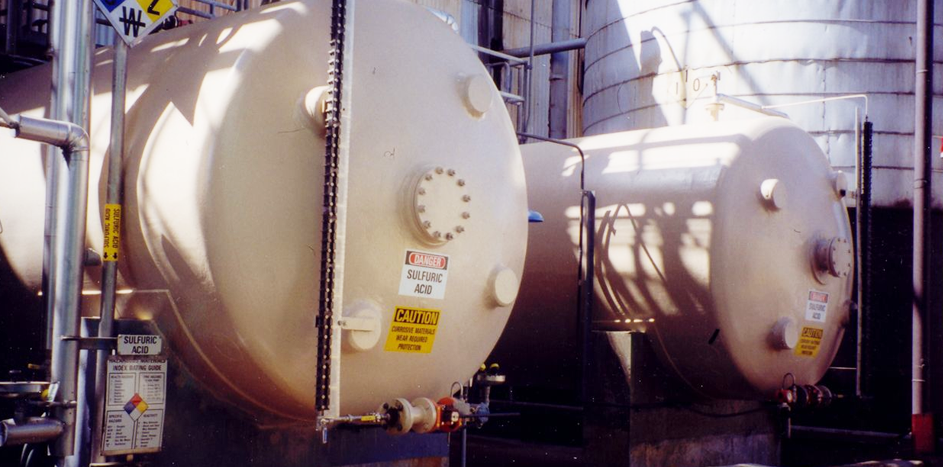
Sulfuric Acid Chemical Tanks
Interior, exterior, inside secondary containment and corrosion under insulation are all areas prepared and treated by this unique composite blasting technology. The safety and superior surface preparation provided are key advantages on critical tank preparation.
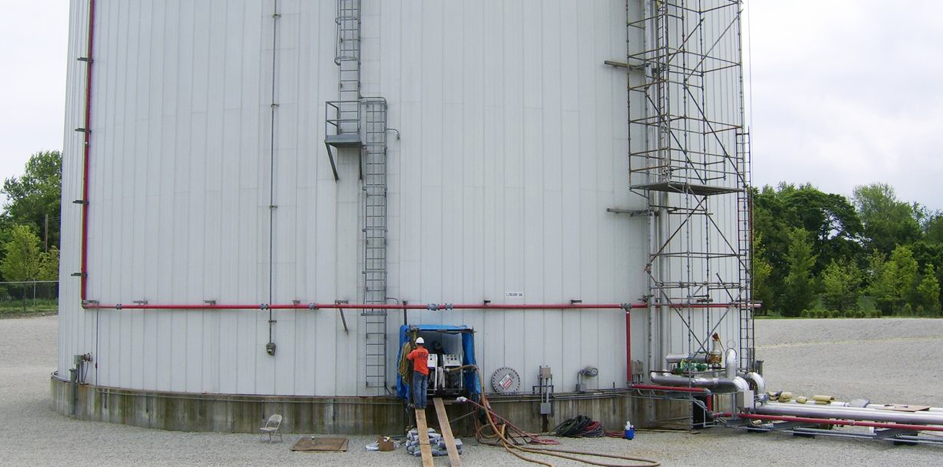
Tank Floor on Oil Tank
This major US power plant used Sponge-Jet to prepare the floor of this oil storage tank. The ability to remove oil residue as part of the blasting process; the reduced risk and simplified project staging were all benefits of using composite media as opposed to ordinary blasting.
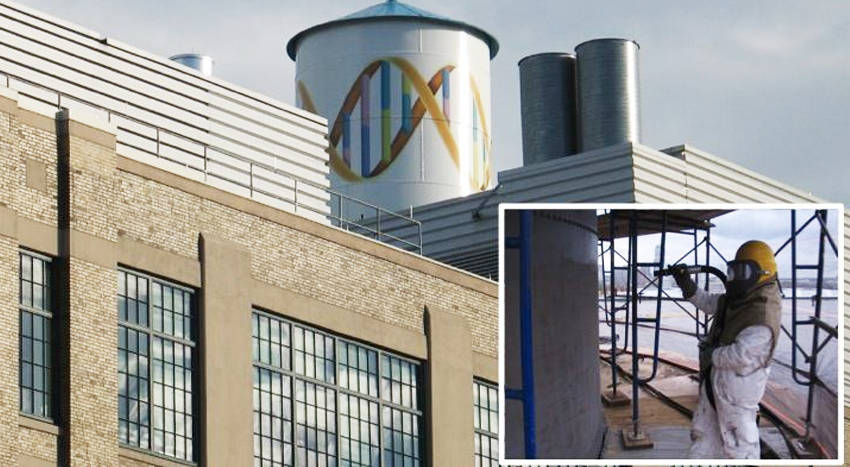
Rooftop Water Tower; Conversion for New Owner
When the manufacturing facility of Boston-based New England Confectionery Company (maker of NECCO wafers) was purchased by Novartis pharmaceutical company, the iconic water tower was repainted to reflect the new owner's brand. With minimal containment required and visibility from all of Boston, the water tower was prepared with Silver 80 Media™ abrasives prior to final coating.
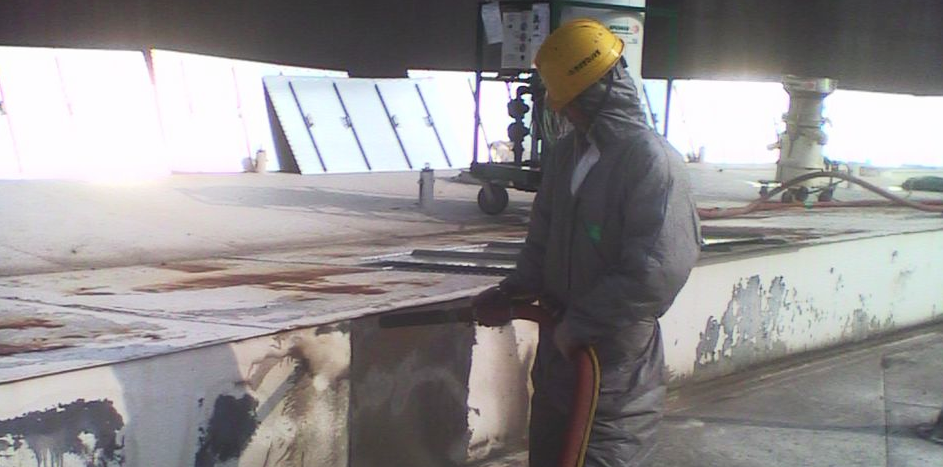
Major US Refinery; Floating Tank Roofs
Sponge-Jet was used to prepare these roofs, providing multiple benefits to the refinery. The visibility and lack of damaging ricochet allowed ease of blasting along roof gaskets without issue. Also noted, was the reduced need for ventilation and lighting despite having with multiple blasters – all of which experienced perfect visibility

Hydrogen Tank Interior Prepared
Sponge-Jet technology was selected as the best option to prepare this hydrogen tank at a major refinery. The safety considerations and speed of completion were a significant factor; the use of Sponge Media™ abrasives allowed high visibility during blasting and simplified (tank) egress due to the reduced size of ventilation ducts.
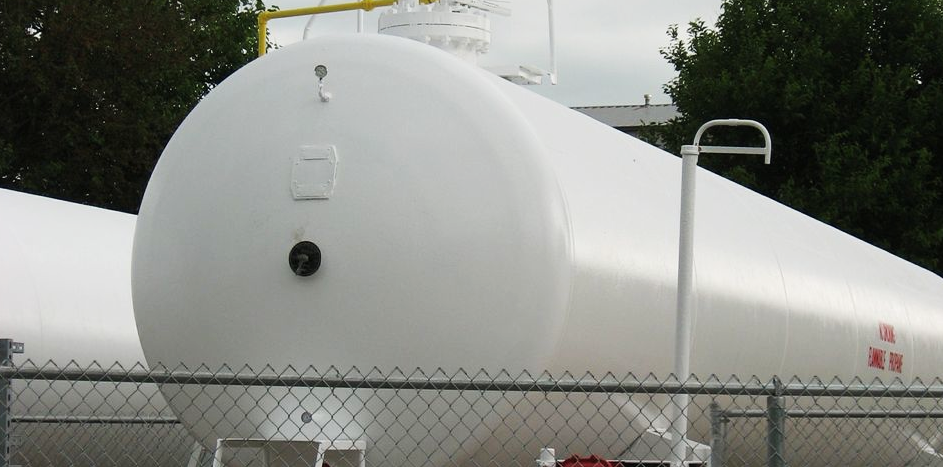
Oil Storage Tank Prepared and Coated in Service
These small oil tanks had the previous coating and rust removed by Sponge Blasting with Silver 30 Media™ abrasives to a Near White Metal, Sa2.5 (SSPC SP-10 / NACE 2 ) level of cleanliness with a 100 micron (4 mil) profile.
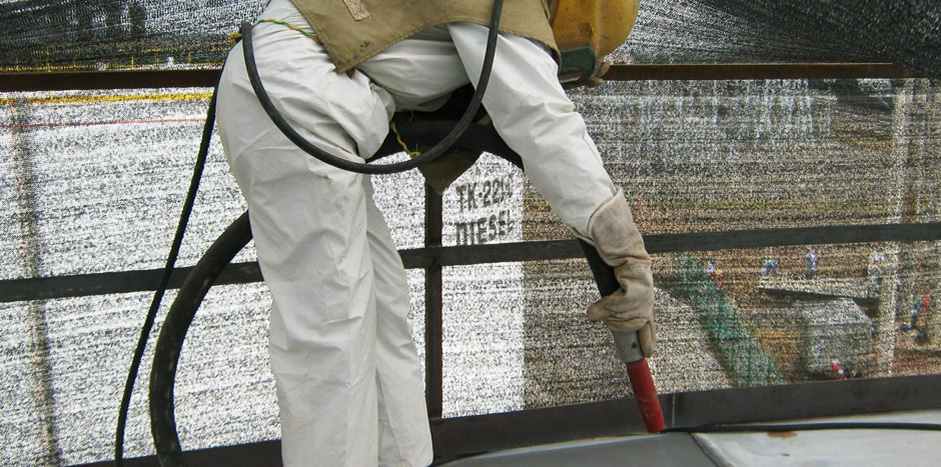
Sponge-Jet Protects Tanks/Employees while Blasting at Coal Mine
Tank coating removal in Cerrejón Coal Mine (Colombia) - the world’s largest open-pit coal mine; Sponge-Jet was chosen over ordinary abrasives and slurry blasting to remove failed coatings on this tank top because dust migration to surrounding workers and surrounding tanks was unacceptable.
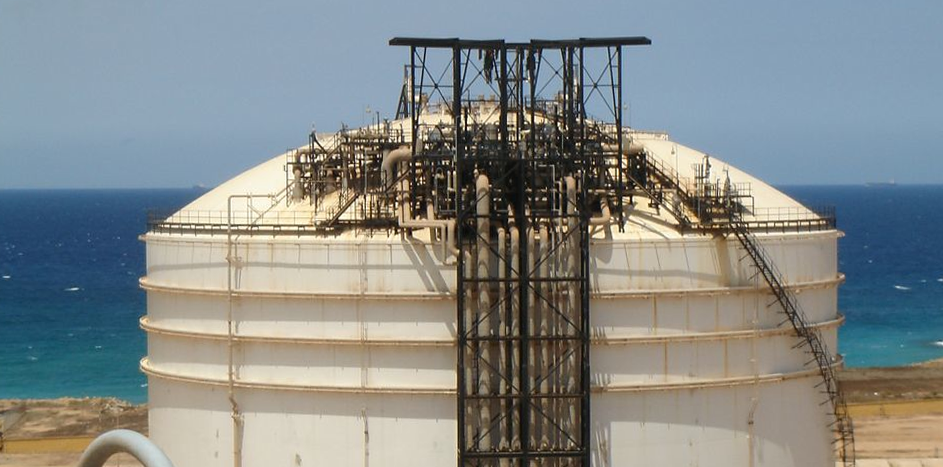
Propane Tank in Coastal France
The exterior coating of this seaside propane storage tank was failing with the surface rust. Sponge-Jet was used to prepare it; while doing so it removed chlorides to below coating threshold; it removed existing coatings, rust and provided a 75 micron (3 mil) profile.

Train/Truck Transport Chemical Tankers
When preparing tankers, it is critical to get perfect surface preparation the first time. Going back for touch up can disrupt any production line process and moving each unit can be time consuming. Sponge-Jet is used as both a touch-up technology for units to be repaired without going back to a blasting hall - and as the primary method of surface preparation due to its ability to assure 1st-pass quality.
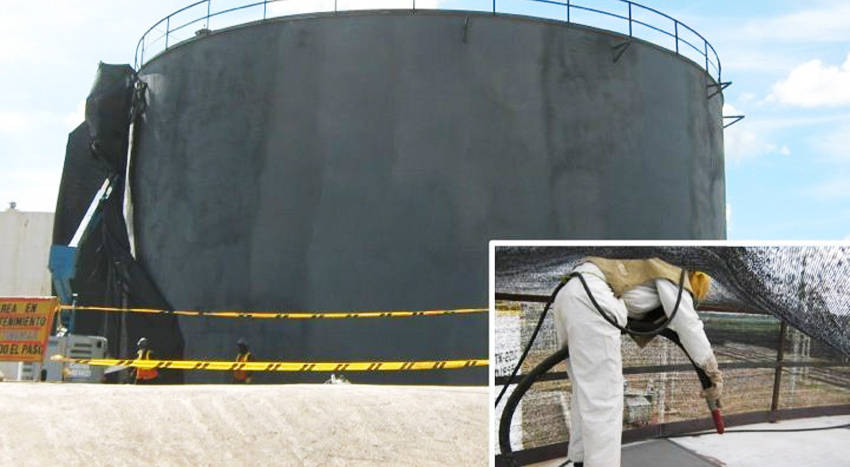
Diesel Storage Tank Exterior
The roof and exterior walls of this diesel storage tank was prepared with Sponge media™ abrasives. Containment consisting of simple debris netting allowed recovery of the media and a comfortable, safe environment for the workers. Unlike what ordinary abrasive blasting would have done, the nearby facility and equipment were never exposed to harmful abrasive dust.
Sponge-Jet 资源中心
Resources
Sponge-Jet 资源中心
Resources

Novatis Necco Water Tank
PDF article describes restoration of 74-year-old water tower featuring Sponge-Jet low dust, reusable…
Download
Tank Protection on PetroBras Ativo Marlim FPSO
A PETROBRAS publication noting how PETROBRAS employed the use Sponge-Jet in tanks on the Ativo Marli…
Download
博客
Recent Blog Posts
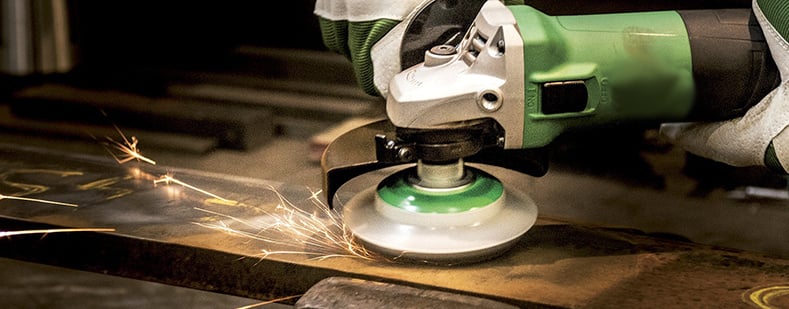
Power Tooling vs Abrasive Blasting for Surface Prep
Power tooling is a method of surface preparation commonly used in tight spaces where access is limited. Pneumatic, electric, and hand tools such as angle grinders, needle guns, wire wheels, wire brushes, scrapers, and sanding pads can be used to remove rust, paint, and other contaminants from a surface.
Read More >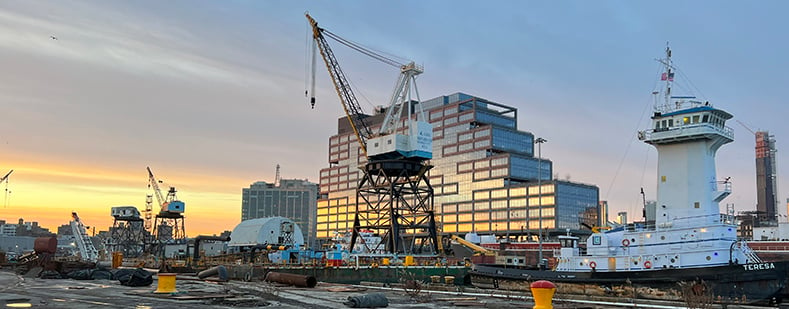
Sponge Media and the Marine Industry
Both Freshwater and Saltwater vessels see all sorts of contaminants and corrosion throughout their service life. Corrosion can threaten everything on ships, from power gen and water storage tanks, to their general structural integrity. In order to overcome these threats, proper surface preparation is key.
Read More >
